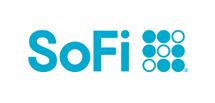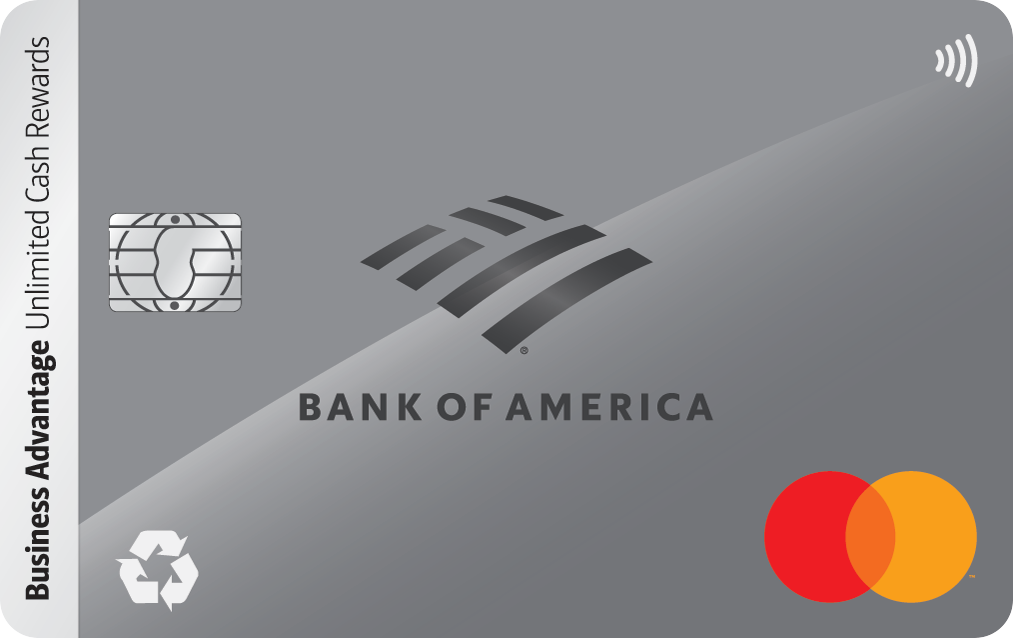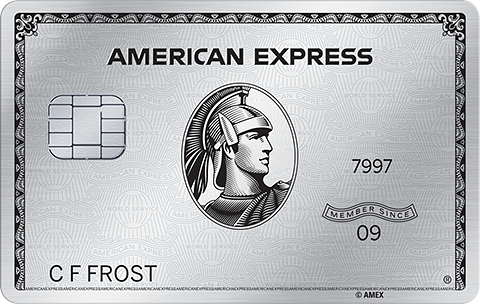3 Things I'd Do With $10,000 Right Now

Image source: Getty Images
I spend a big chunk of my week tracking banking APYs, savings trends, and stock market data. And let me tell you, things are moving fast right now.
Rates are sliding with Fed rate cuts, markets are breaking records, and investors everywhere are asking the same question: "What should I do with my extra cash?"
If you've got $10,000 sitting idle, here's where to put it to work depending on whether you need it soon, later, or way down the road.
1. Park it in a high-yield savings account (earn 4.00%+ APY)
If your money is earmarked for emergencies, travel, or bills due in the next few months, the goal is to keep your cash safe, accessible, and earning the highest interest possible.
A high-yield savings account (HYSA) gets you all of those things. They're FDIC insured up to $250,000, and you can pull your money anytime.
Some top online banks are offering APYs around 4.00%, which beats the near-zero you'd get at most big brick-and-mortar banks. That's roughly $400 in annual interest on a $10,000 deposit.
One of the hottest options right now is SoFi Checking and Savings (Member FDIC), offering up to 4.50% annual percentage yield (APY), no account fees, and the option to get up to $3 million in FDIC insurance. Read our full SoFi Checking and Savings (Member FDIC) review here to learn more and open an account.
SoFi Checking and Savings
On SoFi's Secure Website.

On SoFi's Secure Website.
- Competitive APY on both Savings and Checking
- No monthly account fee
- Welcome bonus up to $300 (direct deposit required)
- ATM access
- Unlimited number of external transfers (up to daily transaction limits)
- FDIC insured (up to $3M with opt-in to SoFi Insured Deposit Program)
- Early access to direct deposits
- Tools to help you track savings goals
- Combo account only; no stand-alone savings or checking
- Maximum Savings APY requires direct deposit
- No branch access; online only
- Overdraft protection requires monthly direct deposit minimum
For those who plan to set up direct deposit with their new account, we think SoFi Checking and Savings (Member FDIC) is hard to beat. Not only does this savings account offer a strong APY, but the linked checking account earns an above-average rate, too -- which is a rare perk. Plus, new customers earn a bonus of up to $300 with eligible direct deposit. Frankly, it's the kind of combo that could make it worthwhile to switch banking relationships.
2. Invest it for the long haul (yes, even at market highs)
If your goals are 10, 20, or 30 years out, I'd invest that $10,000 into a low-cost index fund. Something like a total stock market index or an S&P 500 fund.
Yes, I know the stock market is at an all-time high right now. But if you think about decades from now, today's "high" will look tiny in hindsight.
Index funds are great because they spread your money across hundreds of publicly traded companies. Some will boom and some will bust, but over time the winners outweigh the losers and you ride the growth of the entire economy.
Historically, the S&P 500 has had around 7% to 10% average annual returns over long periods. That means $10,000 invested (and left untouched) could grow into $75,000+ over 30 years.
If you're nervous about investing all $10,000 in at once, try dollar-cost averaging. Open a brokerage account and set up auto-investing for $1,000 a month over 10 months. It smooths out the ups and downs and keeps you focused on long-term growth -- not timing perfection.
3. Lock in a certificate of deposit (before rates drop further)
If you're saving for something specific -- like a home down payment or a wedding in the next couple of years -- a certificate of deposit (CD) is a great spot.
CDs can pay more than a savings account, because the interest rates are locked in for the entire term. And there's no market risk like with stocks.
Here's the key right now: The Federal Reserve has started cutting rates, and more cuts are likely. That means CD yields will probably trend lower in the months and years ahead. Locking in today's rates lets you preserve those higher returns while they're still around.
The best short- and mid-term CDs right now offer around 4.00% APY. If you see a CD with a great rate and term that fits your timeline, don't wait -- the best offers disappear quickly when rates start falling.
Compare current CD rates and see how much extra you can earn before rates drop further.
Money likes purpose -- give each dollar a job, and it'll quietly work for you while you sleep.
Our Research Expert


